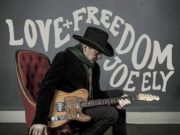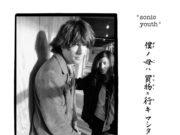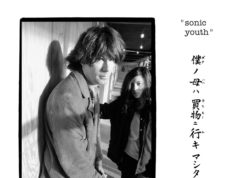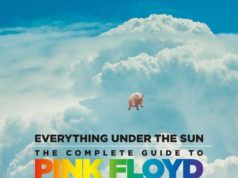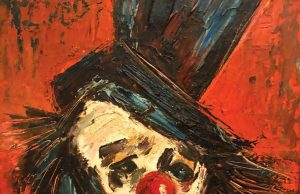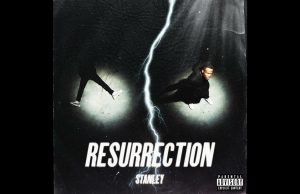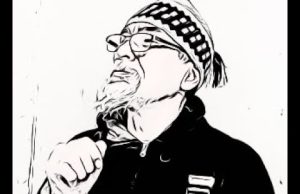Billie Eilish and Blind Joe, Gong and Gershwin, Aimee Mann and the atom bomb, Black power, blue-collar rock and more — it’s a big week for new books. Read all about ’em:
 Billie Eilish
Billie Eilish
By Billie Eilish
THE EDITED PRESS RELEASE: “Legendary recording artist Billie Eilish shares an intimate inside look at her life — both on and off the stage — in this stunning, photo-filled book. Billie Eilish is a phenomenon. With distinctive visual flare and darkly poignant lyrics that are unparalleled among music icons of the 21st century, Billie is a musician who stands out from the crowd. Between her record-shattering award-winning music and her uncompromising and unapologetic attitude, it’s no surprise that her fanbase continues to grow by millions month after month. She is that rare combination of wildly popular and highly respected for her prodigious talent, a once-in-a-generation superstar. Now in this stunning visual narrative journey through her life, she is ready to share more with her devoted audience for the first time, including hundreds of never-before-seen photos. This gorgeous book will capture the essence of Billie inside and out, offering readers personal glimpses into her childhood, her life on tour, and more. A must-have for any fan.”
 Blind Joe Death’s America: John Fahey, the Blues, and Writing White Discontent
Blind Joe Death’s America: John Fahey, the Blues, and Writing White Discontent
By George Henderson
THE EDITED PRESS RELEASE: “For over 60 years, American guitarist John Fahey (1939-2001) has been a storied figure, first within the folk and blues revival of the long 1960s, later for fans of alternative music. Mythologizing himself as Blind Joe Death, Fahey crudely parodied white middle-class fascination with African American blues, including his own. In this book, George Henderson mines Fahey’s parallel careers as essayist, notorious liner note stylist, musicologist, and fabulist for the first time. These vocations, inspired originally by Cold War educators’ injunction to creatively express rather than suppress feelings, took utterly idiosyncratic and prescient turns.”
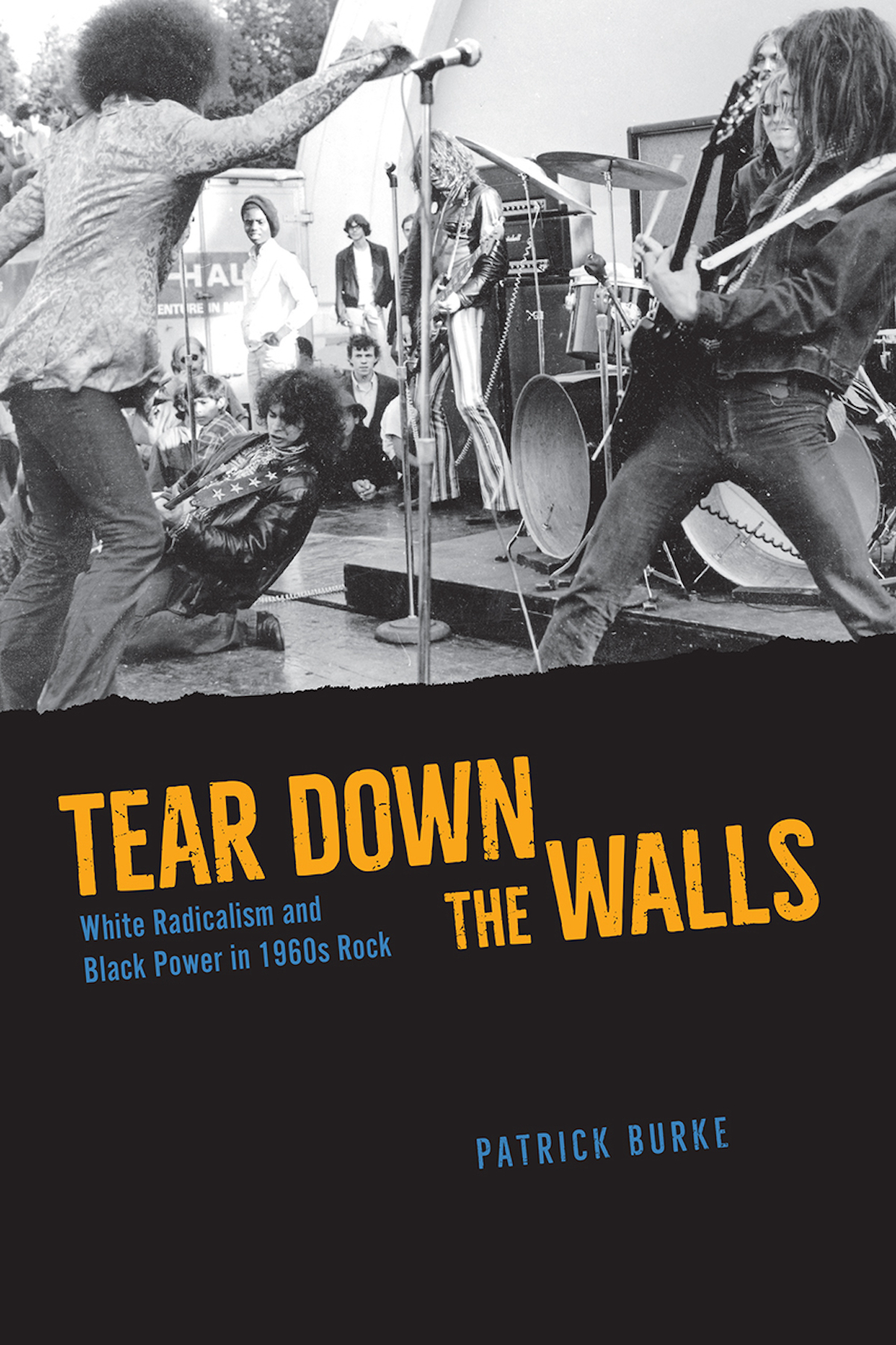 Tear Down the Walls: White Radicalism and Black Power in 1960s Rock
Tear Down the Walls: White Radicalism and Black Power in 1960s Rock
By Patrick Burke
THE EDITED PRESS RELEASE: “From the earliest days of rock ’n’ roll, white artists regularly achieved fame, wealth, and success that eluded the Black artists whose work had preceded and inspired them. This dynamic continued into the 1960s, even as the music and its fans grew to be more engaged with political issues regarding race. In Tear Down the Walls, Patrick Burke tells the story of white American and British rock musicians’ engagement with Black Power politics and African American music during the volatile years of 1968 and 1969. The book sheds new light on a significant but overlooked facet of 1960s rock — white musicians and audiences casting themselves as political revolutionaries by enacting a romanticized vision of African American identity. These artists’ attempts to cast themselves as revolutionary were often naïve, misguided, or arrogant, but they could also reflect genuine interest in African American music and culture and sincere investment in anti-racist politics. White musicians such as those in popular rock groups Jefferson Airplane, The Rolling Stones and The MC5, fascinated with Black performance and rhetoric, simultaneously perpetuated a long history of racial appropriation and misrepresentation and made thoughtful, self-aware attempts to respectfully present African American music in forms that white leftists found politically relevant. In Tear Down the Walls, Patrick Burke neither condemns white rock musicians as inauthentic nor elevates them as revolutionary. The result is a fresh look at 1960s rock that provides new insight into how popular music both reflects and informs our ideas about race and how white musicians and activists can engage meaningfully with Black political movements.”
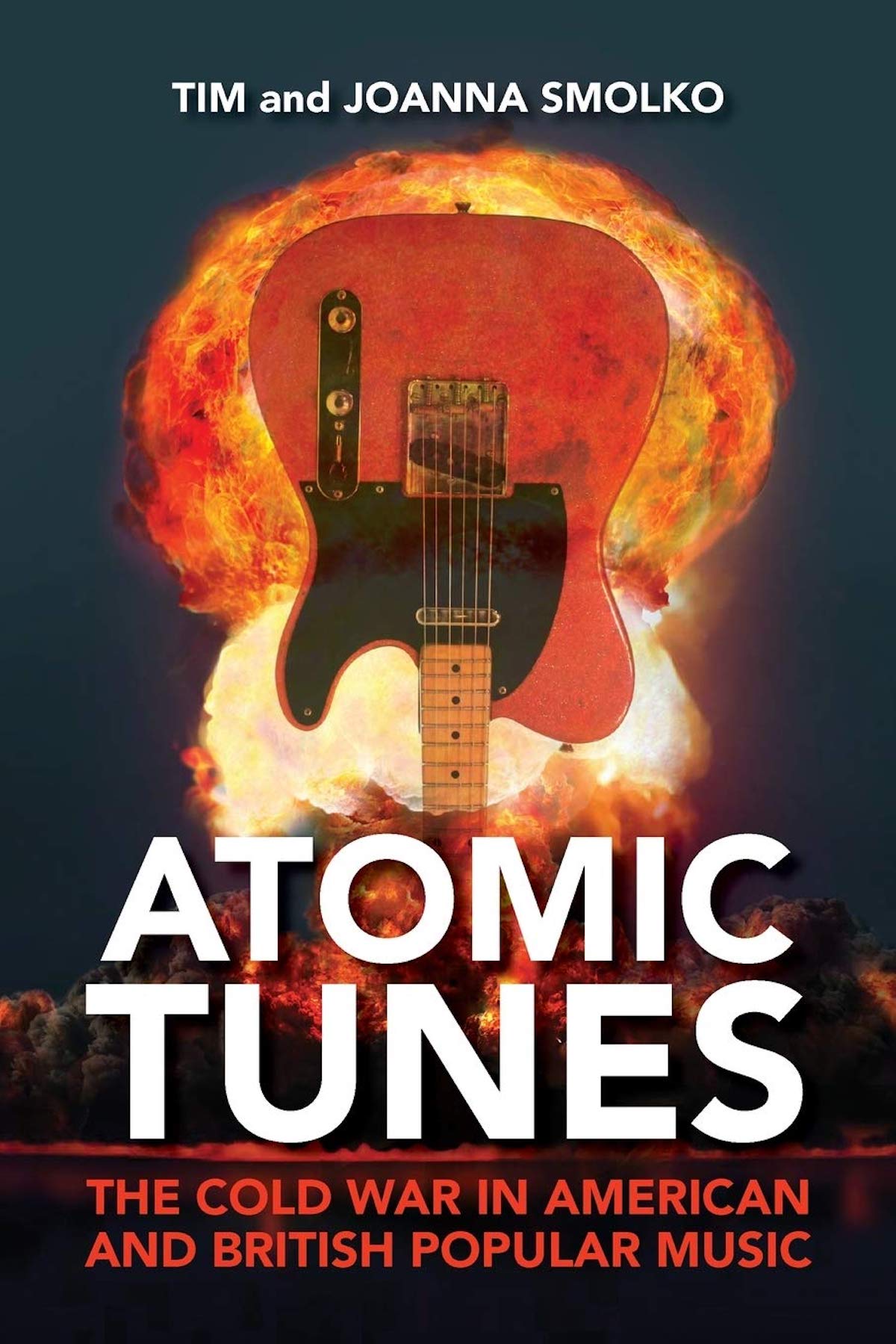 Atomic Tunes: The Cold War in American and British Popular Music
Atomic Tunes: The Cold War in American and British Popular Music
By Tim Smolko, Joanna Smolko
THE EDITED PRESS RELEASE: “What is the soundtrack for a nuclear war? During the Cold War, over 500 songs were written about nuclear weapons, fear of the Soviet Union, civil defense, bomb shelters, McCarthyism, uranium mining, the space race, espionage, the Berlin Wall and glasnost. This music uncovers aspects of these world-changing events that documentaries and history books cannot. In Atomic Tunes, Tim and Joanna Smolko explore everything from the serious to the comical, the morbid to the crude, showing the widespread concern among musicians coping with the effect of communism on American society and the threat of a nuclear conflict of global proportions. Atomic Tunes presents a musical history of the Cold War, analyzing the songs that capture the fear of those who lived under the shadow of Stalin, Sputnik, mushroom clouds, and missiles.”
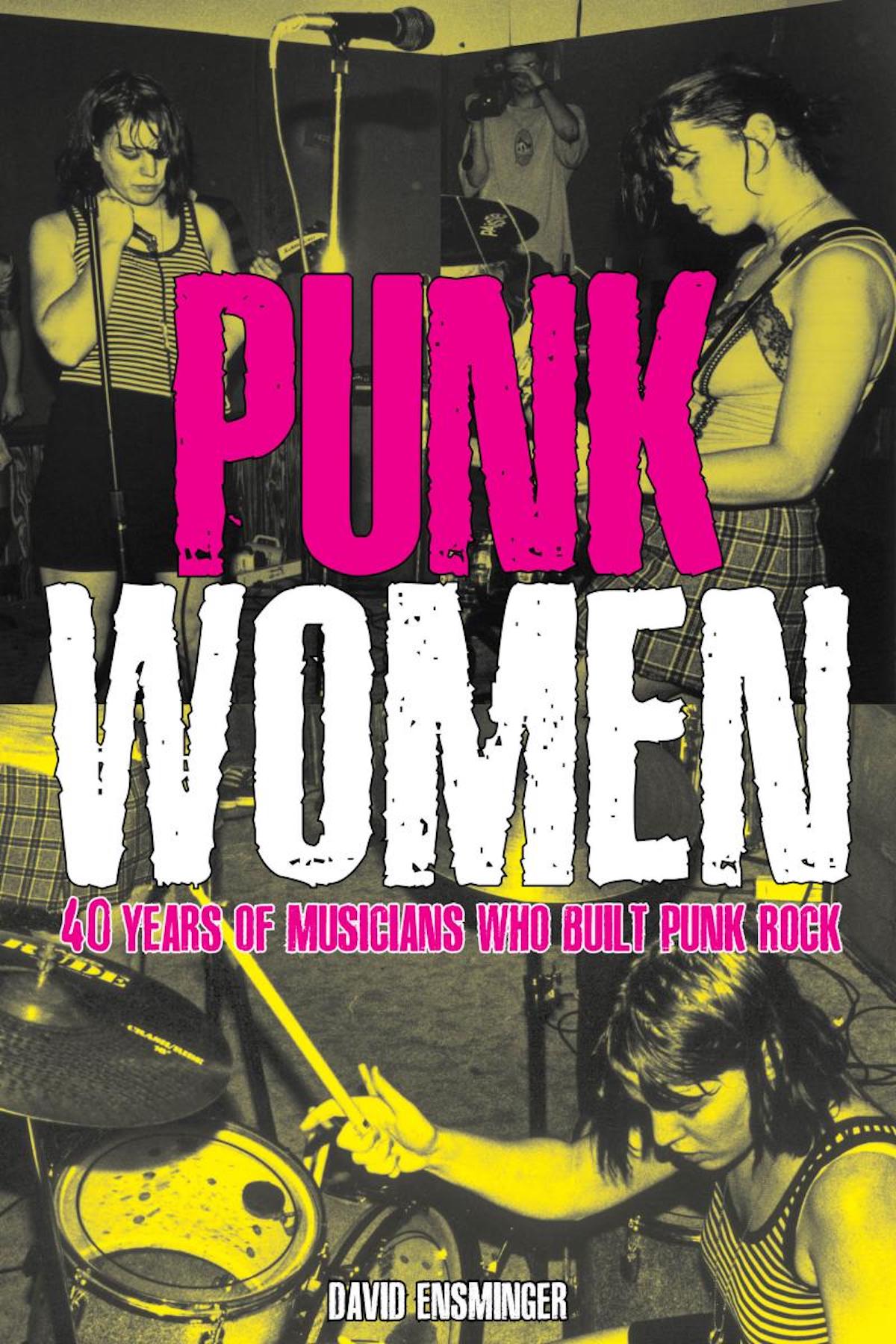 Punk Women: 40 Years of Musicians Who Built Punk Rock
Punk Women: 40 Years of Musicians Who Built Punk Rock
By David A. Ensminger
THE EDITED PRESS RELEASE: “In this far-reaching anthology, David Ensminger delves underground to explore the oft overlooked community of badass women who shaped the punk scene. There is a common thread of women being excluded and gatekept from the hardcore music scene but this anthology challenges that notion and shows that women have still been able to overcome, kick ass, and shred alongside the best of them. Biographies, interviews, band anecdotes, and never-before-published photos showcase the talent and artistry of bands like Bikini Kill, The Guttersluts, Bratmobile, Spitboy, The Germs, The Slits, and dozens more. Through its intimate aesthetic analysis and raw zine-like presentation, this is an essential resource for anyone looking to discover, rediscover, and cherish punk history.”
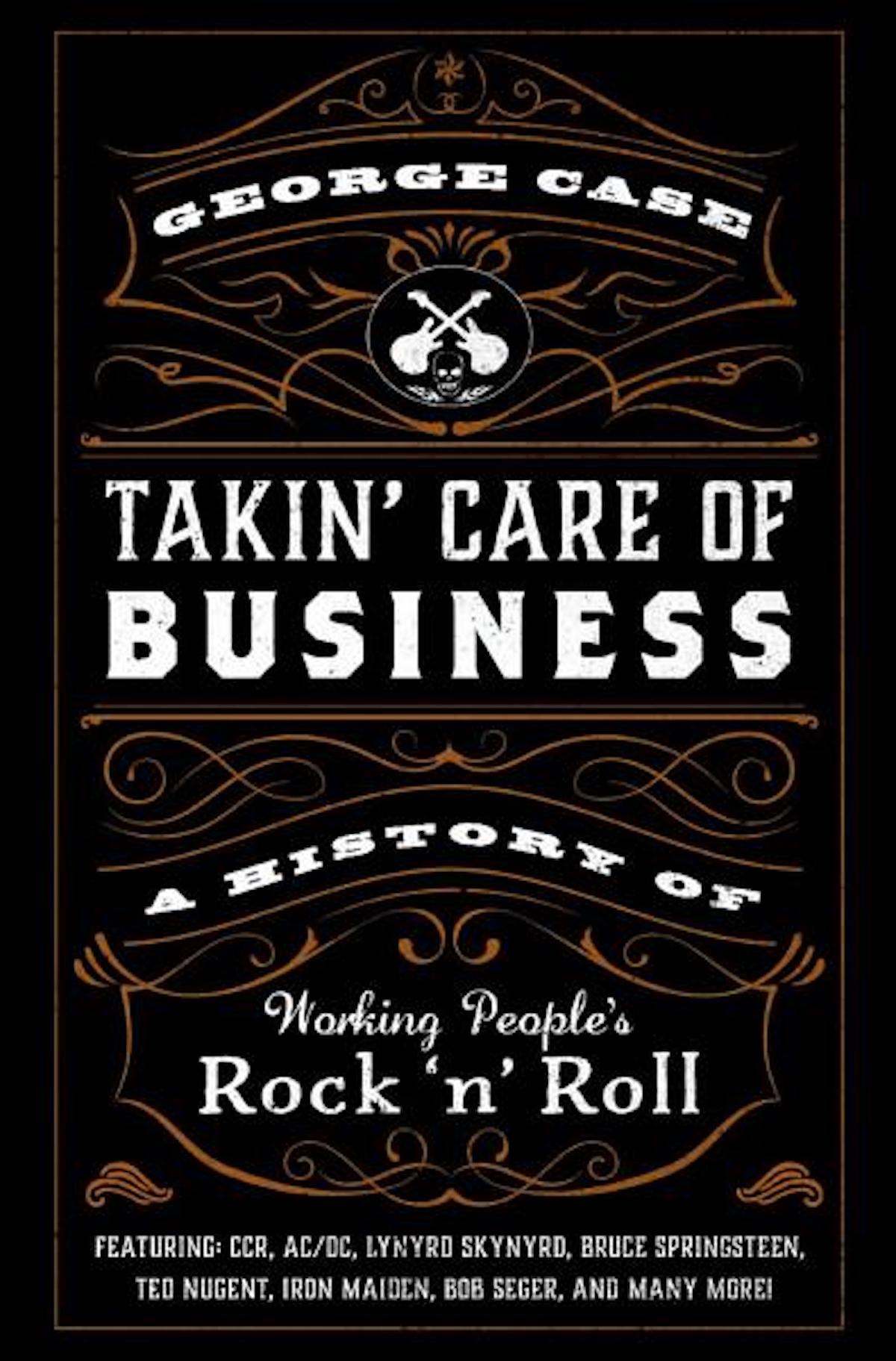 Takin’ Care of Business: A History of Working People’s Rock ‘n’ Roll
Takin’ Care of Business: A History of Working People’s Rock ‘n’ Roll
By George Case
THE EDITED PRESS RELEASE: “By the early 1970s, practically everyone under a certain age liked rock music, but not everyone liked it for the same reasons. We typically associate the sounds of classic rock ‘n’ roll with youthful rebellion by juvenile delinquents, student demonstrators, idealistic hippies, or irreverent punks. But in this insightful and timely book, author George Case shows how an important strain of rock music from the late 1960s onward spoke to — and represented an idealized self-portrait of — a very different audience: the working-class “Average Joes” who didn’t want to change the world as much as they wanted to protect their perceived place within it. To the extent that “working-class populism” describes an authentic political current, it’s now beyond a doubt that certain musicians and certain of their songs helped define that current. Rock ‘n’ roll has cast a long shadow over hundreds of millions of people around the world — not just over reckless kids, but over wage-earning parents and retired elders; not just over indignant youth challenging authority, but over indignant adults challenging their own definition of it. Not only have the politics of rock fans drifted surprisingly rightward since 1970; some rock, as Case argues, has helped reset the very boundaries of left and right themselves. That God, guns, and Old Glory can be understood to be paid fitting tribute in a heavy guitar riff delivered by a long-haired reprobate in blue jeans — but that #MeToo, Occupy Wall Street or Black Lives Matter might not — hints at where those boundaries now lie.”
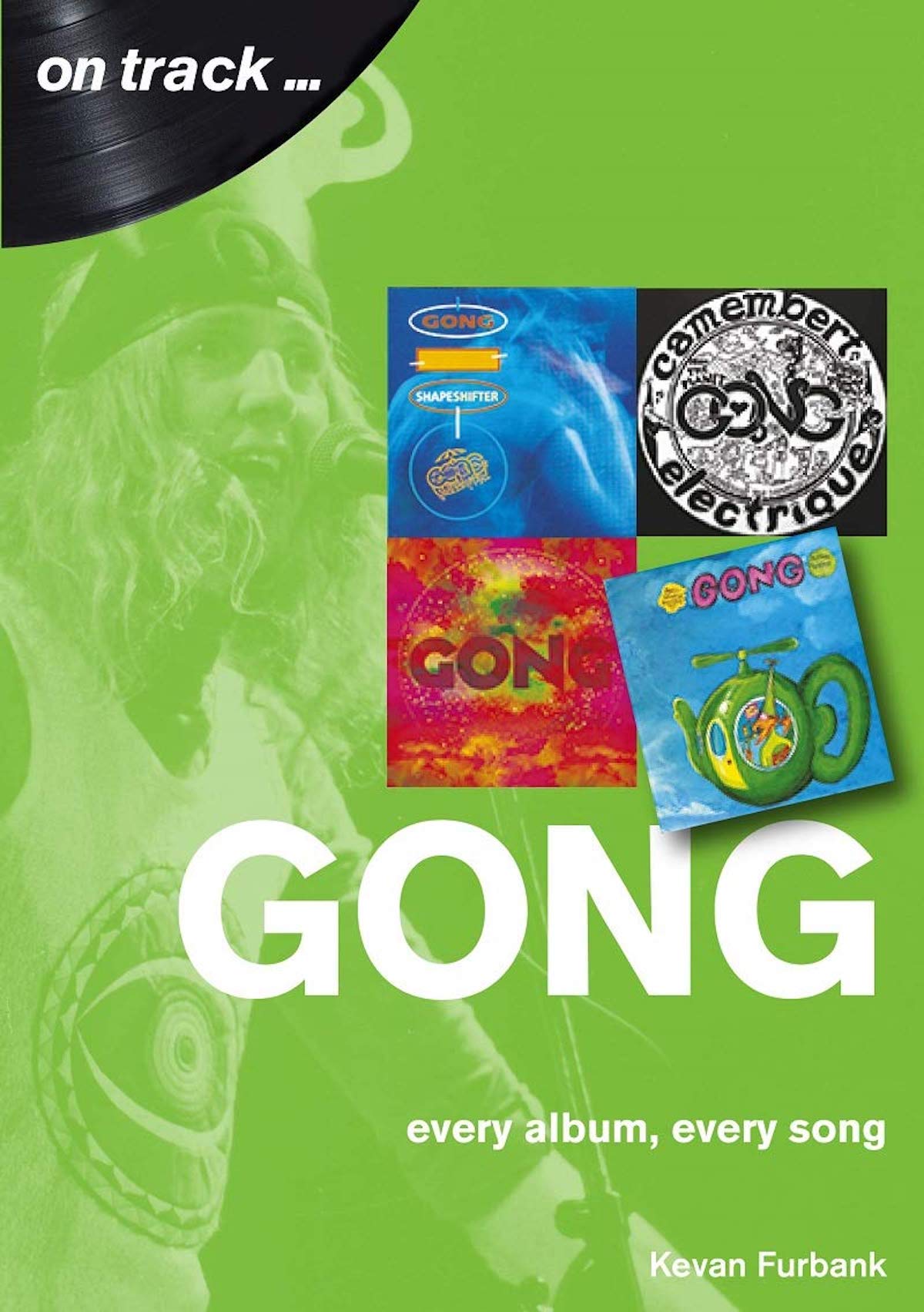 Gong: Every Album, Every Song
Gong: Every Album, Every Song
By Kevan Furbank
THE EDITED PRESS RELEASE: “Every now and then a band comes along that defies convention, refuses to be pigeon-holed, thumbs its nose at comfy predictability and blows raspberries at commercial wisdom. That band is Gong. From 1970 to the present day, Gong have ploughed a unique musical furrow — part progressive rock, part spacey psychedelia, part proto-punk, ambient trance, drum ‘n’ bass and absurdist political performance art. With a cup of tea in hand (and a revolving propellor on his head) long-time fan Kevan Furbank examines all the Gong albums from Magick Brother in 1970 to 2019’s The Universe Also Collapses, chronicles the stories behind each recording and examines the songwriting, arrangements and mythology that inspired each track — with new insights from Gong bassist Mike Howlett and synth wizard Tim Blake. In doing so, he also looks at the contributions made by the many great musicians who have passed through Gong in the last 50-odd years, including guitar hero Steve Hillage, mercurial drummer Pierre Moerlen, flute and sax maestro Didier Malherbe and, of course, hippy foole, whimsical visionary and Gong founder Daevid Allen. He also attempts to gather together the branches and off-shoots of the Gong family tree — including Mother Gong, Gongmaison and Pierre Moerlen’s Gong — and the important solo recordings. If you have never heard any Gong, this book is the perfect introduction. If you have, you will want to go back and revisit the glorious music this band has made. In the words of the Pot Head Pixies, why don’t you try…”
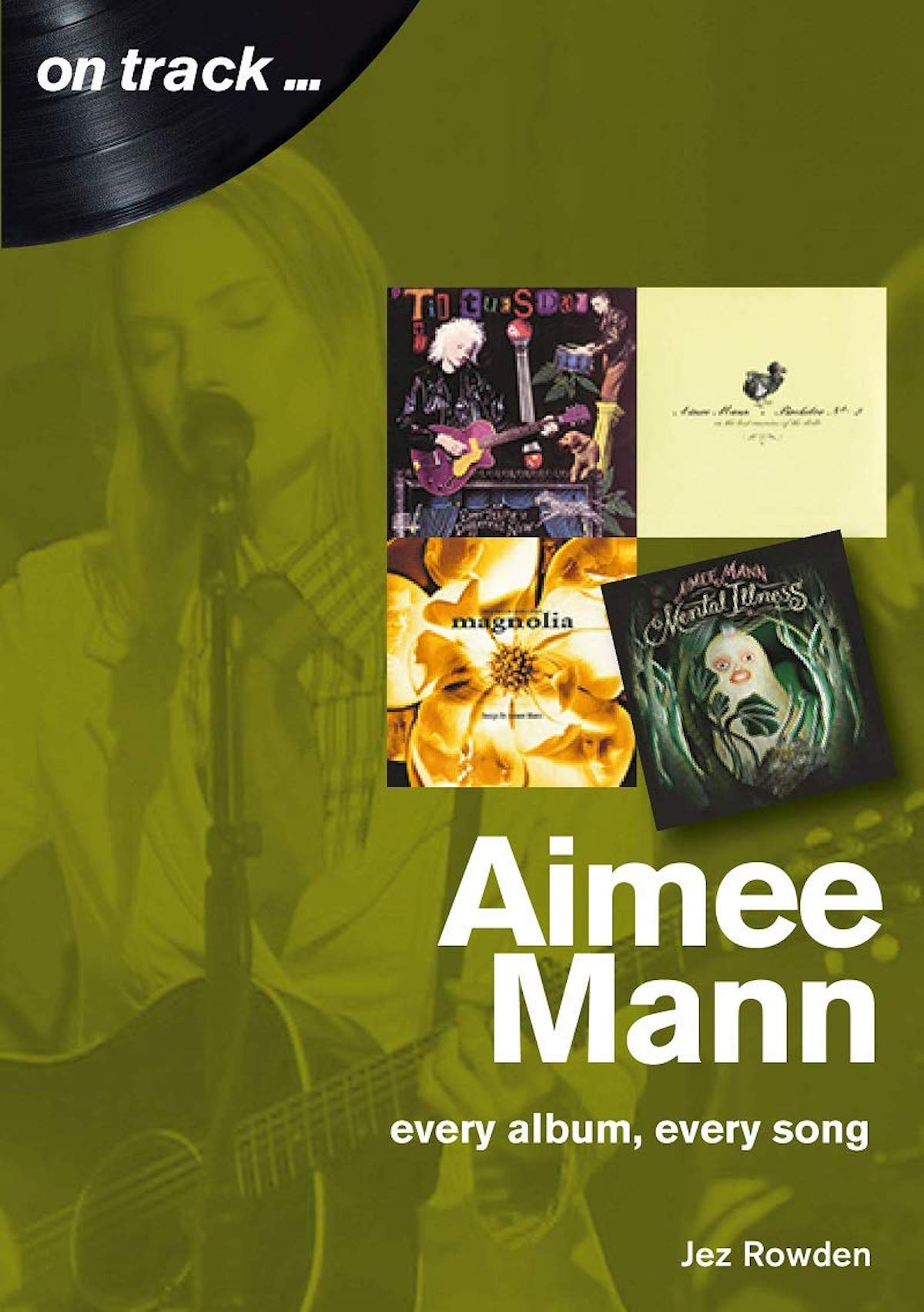 Aimee Mann: Every Album, Every Song
Aimee Mann: Every Album, Every Song
By Jez Rowden
THE EDITED PRESS RELEASE: “Any consideration of the songwriting craft would be incomplete without the inclusion of American singer/songwriter Aimee Mann. From her first steps as singer and bass player with ‘80s synth pop band ‘Til Tuesday, who scored a massive MTV hit with Voices Carry in 1985, she has continually produced starkly autobiographical and often ironically melodic songs that cut through the emotional detail. With a career now spanning almost forty years, she has built a catalogue of nine studio albums since going solo in the early 1990s and, via a series of record label frustrations, has developed into a fiercely independent recording artist, flying outside the mainstream. Her critical acclaim has never wavered, and whilst happy to work in a niche market, her soundtrack for the film Magnolia and the accompanying Oscar nomination raised her profile considerably, adding to her stalwart army of fans. This book gives an overview of Aimee Mann’s career from her earliest days, making it big with ‘Til Tuesday and onward through her solo career to date, investigating every recorded track in a comprehensive guide for fans and new listeners keen to investigate a true original and double Grammy winner whose songs should be much more widely recognised.”
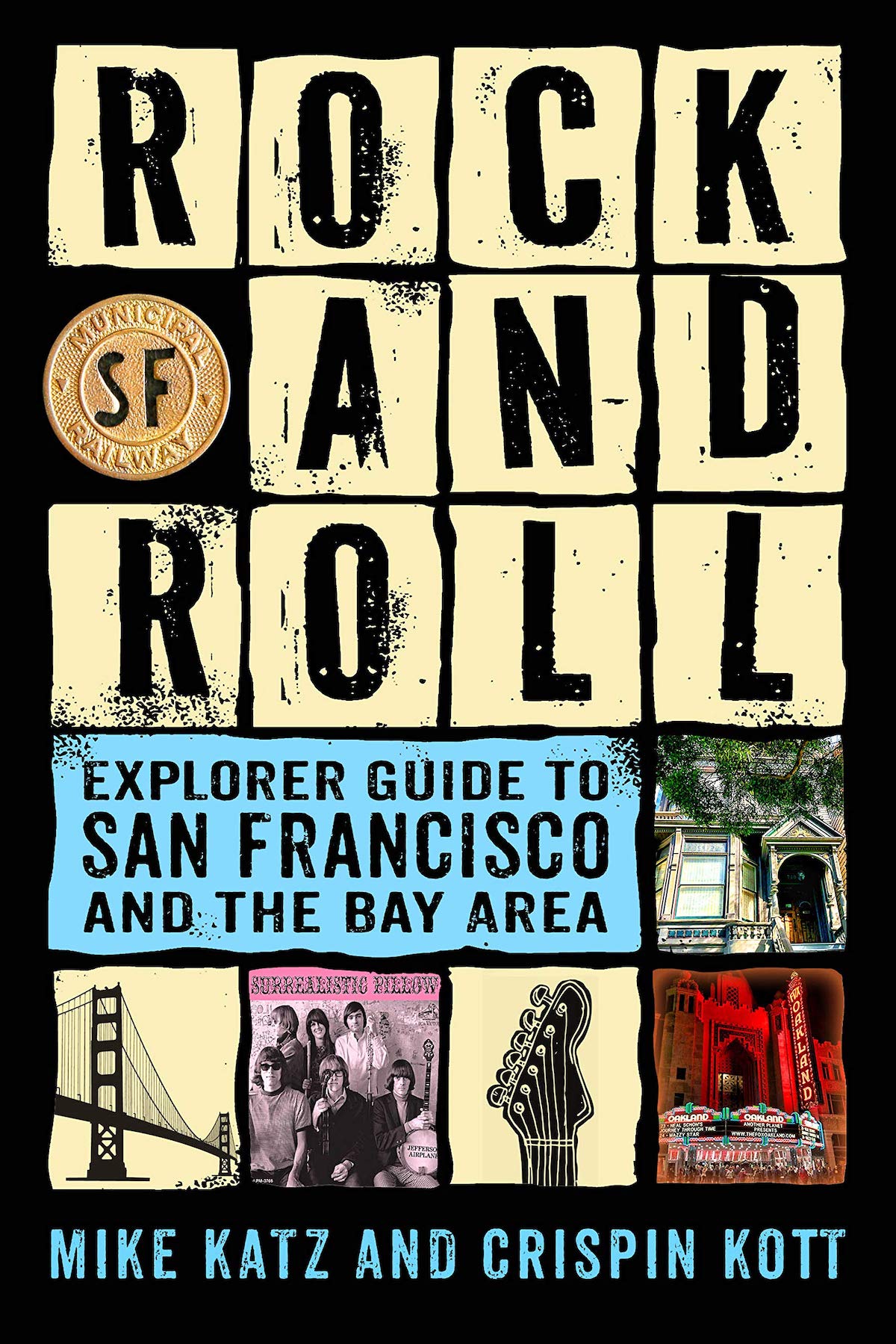 Rock and Roll Explorer Guide to San Francisco and the Bay Area
Rock and Roll Explorer Guide to San Francisco and the Bay Area
By Mike Katz & Crispin Kott
THE EDITED PRESS RELEASE: “San Francisco’s rich and unique cultural history since its time as a gold rush frontier town has long made it a bastion of forward thinking and freedom of expression. It makes perfect sense, then, that both it and the surrounding Bay Area should prove to be a crucible for some of the most enduring and influential music of the rock and roll era. From the heady days of Haight-Ashbury in the ’60s to today, San Francisco and the Bay Area have provided a distinctive soundtrack to the American experience that has often been confrontational, controversial, enlightening, and always entertaining. Perhaps best known for the ’60s psychedelic scene which included The Grateful Dead, Jefferson Airplane, Creedence Clearwater Revival, Santana, The Steve Miller Band, Sly & The Family Stone and Janis Joplin, the Bay Area’s rock and roll history twists and turns like Lombard Street itself. The first wave San Francisco punks wrought The Avengers and Dead Kennedys; punk later gripped the East Bay, giving us Green Day and Rancid. From the folk and blues eras through the chart-topping sounds of Journey and Huey Lewis & The News. The modern concept of the vast outdoor rock festival took root in and around San Francisco. The Bay Area is also where music history happened to artists from almost everywhere else: San Francisco is where The Beatles played their final concert and The Sex Pistols fell apart; where The Clash recorded much of their second album; where a drug-addled Keith Moon passed out during a concert by The Who only to be replaced behind the drumkit by an eager fan. Rock and roll is baked into the Bay Area’s culture and story to this day. A guide to the places that shaped the local scene and world-famous sound, The Rock and Roll Explorer Guide to San Francisco and the Bay Area will take you to where music makers lived, rocked, performed, recorded, met, broke up, and much, much more.”
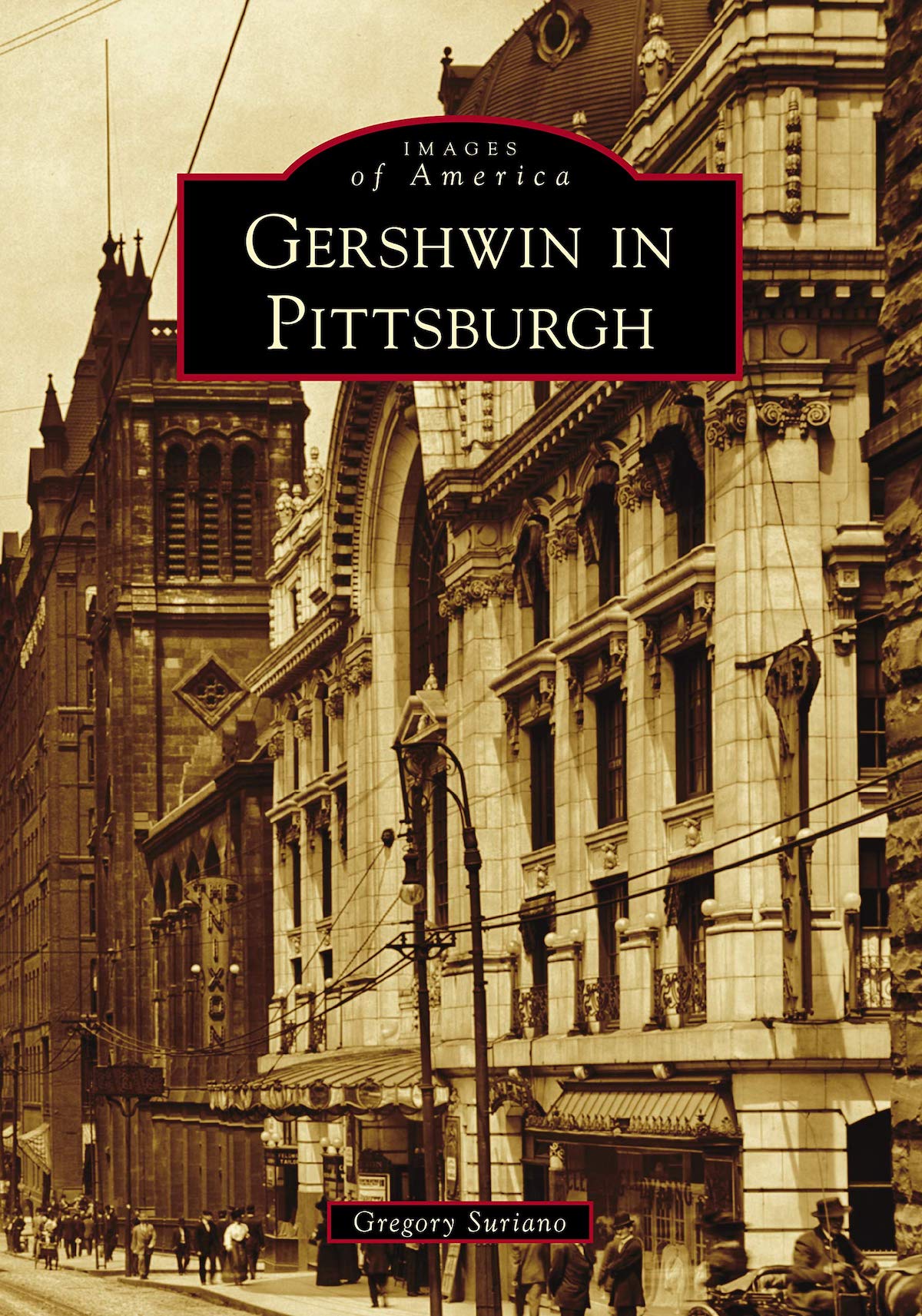 Gershwin in Pittsburgh
Gershwin in Pittsburgh
By Gregory Suriano
THE EDITED PRESS RELEASE: “The great American composer George Gershwin was a product of the energetic Jazz Age city of New York. Yet Pittsburgh may have been his adopted town, through road tours of his Broadway shows, his appearances as a concert pianist, and his myriad associates with ties to the Steel City. Meticulously researched, Gershwin in Pittsburgh chronicles these surprisingly consequential connections. Theatrical venues such as the Nixon and Alvin Theatre and colleagues like Ned Wayburn, Oscar Levant, George S. Kaufman, Dolores Costello, Fritz Reiner and Pandro S. Berman are all spotlighted. Most revealing are the visits Gershwin personally made to the city — as accompanist to vaudeville star Nora Bayes, during his Rhapsody in Blue tours with the Paul Whiteman and Leo Reisman orchestras, and for his 1933 guest appearance with the Pittsburgh Symphony.”
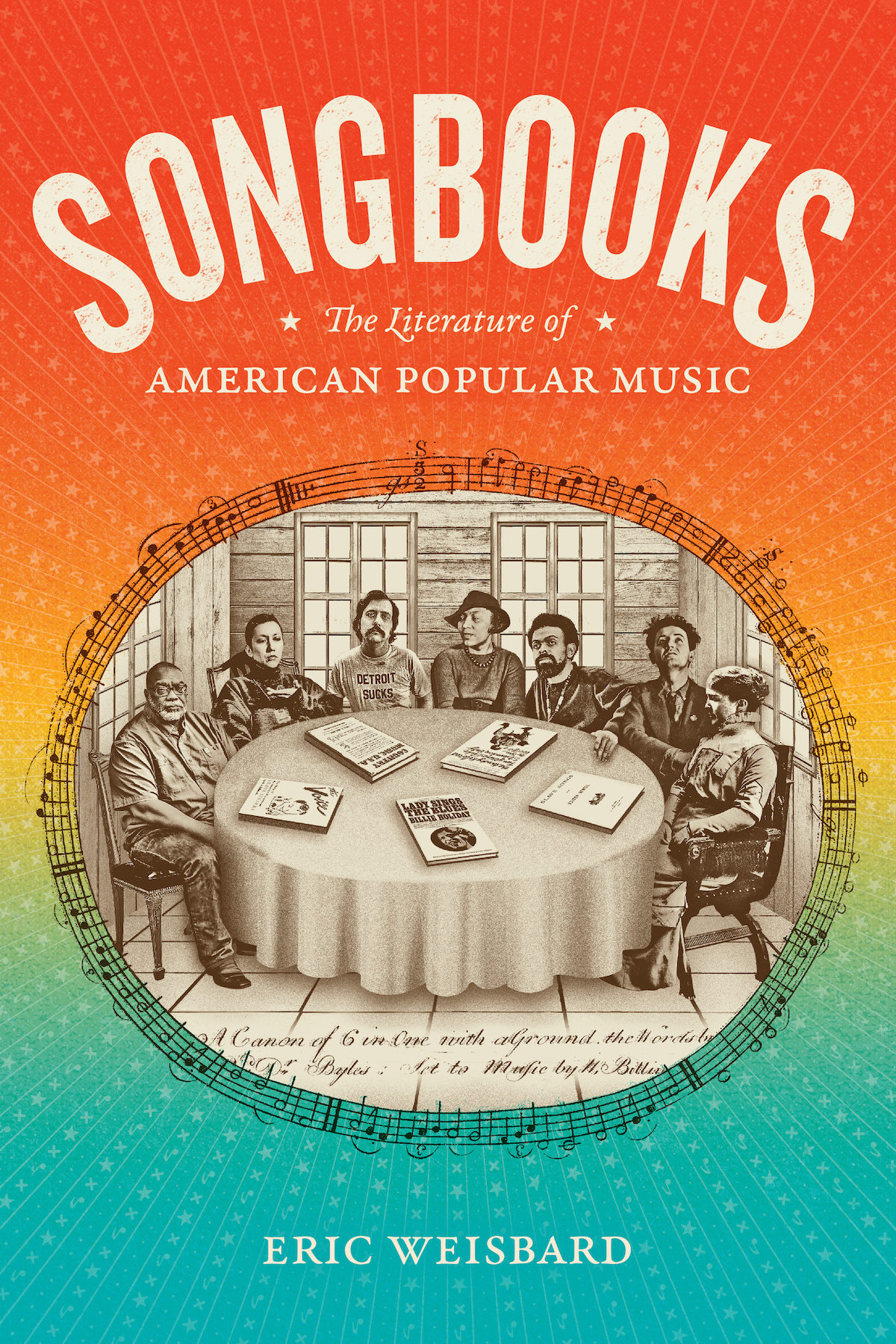 Songbooks: The Literature of American Popular Music
Songbooks: The Literature of American Popular Music
By Eric Weisbard
THE EDITED PRESS RELEASE: “In Songbooks, critic and scholar Eric Weisbard offers a critical guide to books on American popular music from William Billings’ 1770 New-England Psalm-Singer to Jay-Z’s 2010 memoir Decoded. Drawing on his background editing the Village Voice music section, coediting the Journal of Popular Music Studies, and organizing the Pop Conference, Weisbard connects American music writing from memoirs, biographies, and song compilations to blues novels, magazine essays, and academic studies. The authors of these works are as diverse as the music itself: women, people of color, queer writers, self-educated scholars, poets, musicians, and elites discarding their social norms. Whether analyzing books on Louis Armstrong, The Beatles and Madonna; the novels of Theodore Dreiser, Gayl Jones and Jennifer Egan; or varying takes on blackface minstrelsy, Weisbard charts an alternative history of American music as told through its writing. As Weisbard demonstrates, the most enduring work pursues questions that linger across time period and genre&;cultural studies in the form of notes on the fly, on sounds that never cease to change meaning.”




